Precision Stainless Steel Strips Supplier
- Thickness: 0.03mm – 1.5mm
- Width: 3mm – 600mm, For the wider products pls check in coil products
- Finish: 2B, BA, TR
- TEMPER/Hardness: ANN / Soft, 1/2, 3/4, FH/Full hard, EH, SEH/Super EH
- Main Grade ASTM-A240: 304 304L 304H 304DQ 316 316L 201 202 301 310s 430 410s 409 409L 444 441 2205 2507 etc.
- Coil diameter /ID: 200mm, 400mm, 510mm, 608mm
- MOQ: 2MT
Product Description of precision stainless steel strips
Precision stainless steel strips are a kind of stainless steel strips with high precision and high surface quality. It is processed by advanced production processes and equipment with high dimensional accuracy and surface flatness to meet the high requirements of the precision processing and forming process.
Precision stainless steel strips are usually made of stainless steel strips (such as 301, 304, 316, etc.) as raw materials and processed through multiple cold rolling, annealing, drawing, and grinding processes. It has high corrosion resistance, mechanical strength, and weldability, and can be used in a wide range of applications, such as electronics, optoelectronics, instrumentation, medical devices, aerospace, etc.
The size and thickness of precision stainless steel strips can usually be customized to meet a variety of different application requirements. Also, stainless steel precision stainless steel strips can be customized by surface treatment, such as grinding, polishing, silver plating, electroplating, etc., to further improve its surface finish and aesthetics.
Edges of Precision Stainless Steel Strips
Precision stainless steel strips can come in a variety of edges and finishes depending on the specific application requirements. Here’s an explanation of the different types of edges:
In the context of metal precision stainless steel strips, an “edge” refers to the side or edge of the strip. This can refer to the finish of the edge, such as whether it is sharp or rounded, or it can refer to the actual physical location of the edge on the strip. The edge of the strip can have an impact on the strip’s performance and suitability for certain applications. Different edge finishes, such as square edge, round edge, or slitting edge, can be chosen based on the specific requirements of the application. Additionally, the edge quality can impact the strip’s ability to be formed, bent, or welded, so it is an important consideration in the manufacturing and processing of metal strips.
A mill edge is a type of edge finish for metal precision stainless steel strips that is obtained during the rolling or cutting process in the mill. It is a smooth, slightly rounded edge finish that is created when the strip is produced by passing it through a rolling mill or cutting it from a larger sheet. Mill edges are often used for applications where the edge quality is not critical, such as for packaging materials or simple industrial parts. However, mill edges may not be suitable for applications where the strip needs to be formed or bent, as the rounded edge can cause the strip to buckle or deform during the bending process. In such cases, a sharper edge finish such as a slit edge or a sheared edge may be more appropriate.
A slitting edge is a type of edge finish for metal precision stainless steel strips that is obtained by slitting the strip to the desired width. During the slitting process, the edges of the strip are cut using rotary slitters, resulting in a sharp, straight edge finish. Slitting edges are commonly used in applications where the edge quality is critical, such as for precision components or electronic parts. The straight edge of the slitting edge allows for the strip to be easily formed or bent without causing any buckling or deformation. Additionally, slitting edges can be produced with very tight tolerances to ensure consistency in the strip width, which is important for certain applications. However, slitting edges can also have burrs or sharp edges that may require additional processing or deburring to ensure they are suitable for the specific application.
A free burr edge is a type of edge finish for metal precision stainless steel strips that is obtained by removing any burrs or sharp edges that may be present on the strip after it has been slit. Burrs are small metal protrusions that can occur along the edge of the strip during the slitting process, and they can cause issues such as jamming or scratching during subsequent processing or handling. To eliminate these issues, the strip is typically processed with a deburring tool or machine that removes the burrs and creates a smooth, rounded edge finish. This type of edge finish is known as a free burr edge. Free burr edges are commonly used in applications where the edge quality is critical, such as for precision components or parts that will be subjected to high stresses or pressures. The rounded edge of the free burr edge helps to prevent any damage or wear that may occur due to the sharp edge of the strip.
Square edge is a type of edge finish for metal precision stainless steel strips that is obtained by cutting the strip to the desired width without any additional processing to create a specific edge profile. It is a straight, sharp edge finish that is suitable for applications where the strip needs to be formed or bent into specific shapes. The square edge is also known as a sharp edge because it is created with a cutting tool that produces a precise, straight edge. The square edge finish is commonly used in applications such as electrical contacts, springs, and fasteners. However, it is important to note that the sharp edges of a square edge finish can cause damage or wear on the strip during processing or handling, so additional measures such as deburring or rounding may be necessary to ensure the edge quality is suitable for the specific application.
A square with round angle edge is a type of edge finish for metal precision stainless steel strips that is obtained by cutting the strip to the desired width and then rounding the sharp corners of the square edge. This creates a slightly rounded edge finish that helps to prevent damage or wear on the strip during processing or handling. The rounding of the corners can be done using various methods such as machining, grinding, or polishing. This type of edge finish is commonly used in applications where the strip needs to be formed or bent into specific shapes but where a sharp edge may cause issues such as cracking or deformation. The square with round angle edge is also known as a semi-rounded edge finish. It is commonly used in applications such as electrical contacts, springs, and fasteners, and it can be produced with varying degrees of rounding depending on the specific requirements of the application.
A full round edge is a type of edge finish for metal precision stainless steel strips that is obtained by cutting the strip to the desired width and then completely rounding the edge to form a circular profile. This creates a smooth and rounded edge finish that provides maximum protection against damage or wear on the strip during processing or handling. The rounding of the edge can be done using various methods such as machining, grinding, or polishing. This type of edge finish is commonly used in applications where the strip needs to be formed or bent into complex shapes or where a sharp edge may cause issues such as cracking or deformation. The full round edge is also known as a fully rounded edge finish. It is commonly used in applications such as stamping, deep drawing, and forming, where it helps to reduce the risk of material failure due to stress concentration at sharp edges. The degree of rounding can vary depending on the specific requirements of the application.
Production Range of Precision Stainless Steel Strips
Finish: 2B, BA, TR
TEMPER/Hardness: ANN / Soft, 1/2, 3/4, FH/Full hard, EH, SEH/Super EH
Main Grade ASTM-A240: 304 304L 304H 304DQ 316 316L 201 202 301 310s 430 410s 409 409L 444 441 2205 2507 etc.
Thickness | 0.03mm – 1.5mm |
Width | 3mm – 600mm, the wider products pls check in coil/foil products |
Inner diameter /ID | 200mm, 400mm, 510mm, 608mm |
Features of Precision Stainless Steel Strips
The dimensional accuracy of precision stainless steel strips can reach ±0.01mm, while the surface quality can reach Ra0.1um or more, so it has excellent performance in precision processing and high precision applications.
Precision stainless steel strips undergoes multiple cold rolling and heat treatment during the production process, which provides excellent strength and toughness, as well as good bending and resilience performance.
Precision stainless steel strips are mainly made of stainless steel material, so it has good corrosion resistance and can resist oxidation, corrosion and chemical substances such as acid and alkali.
Precision stainless steel strips have good plasticity and processability, and can be cut, stamped, bent and other processing methods according to customer needs.
The surface of precision stainless steel strips can be treated in various ways, such as polishing, pickling, galvanizing, etc., to meet the needs of different customers.
Application of Precision Stainless Steel Strips
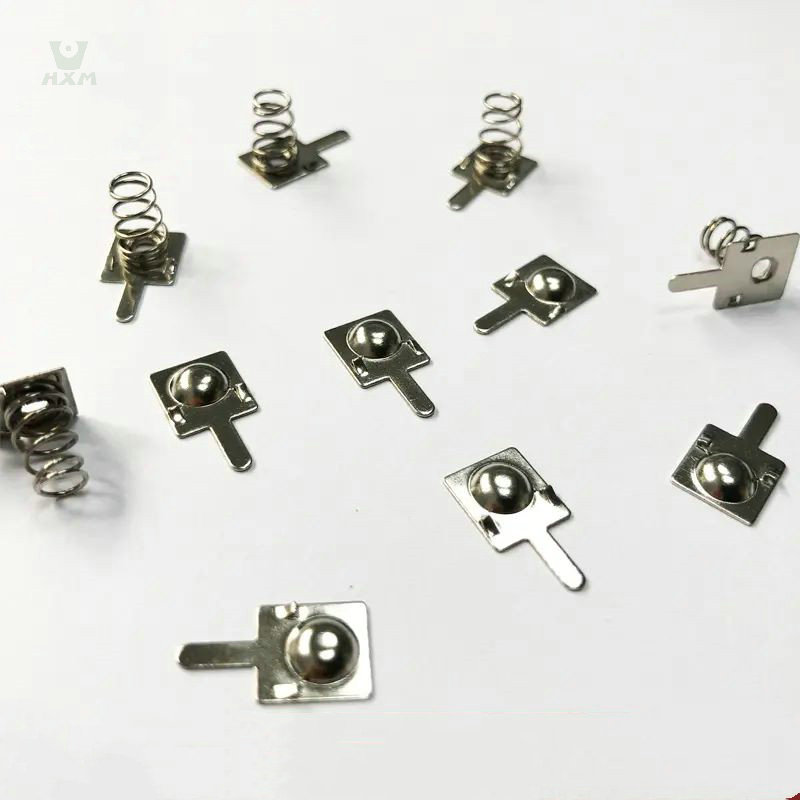
Electronics Industry
Precision stainless steel strips are widely used in the manufacture of electronic components such as battery cells, connection plates, snaps, and consumer electronics products such as cell phones, computers, and flat-panel TVs.
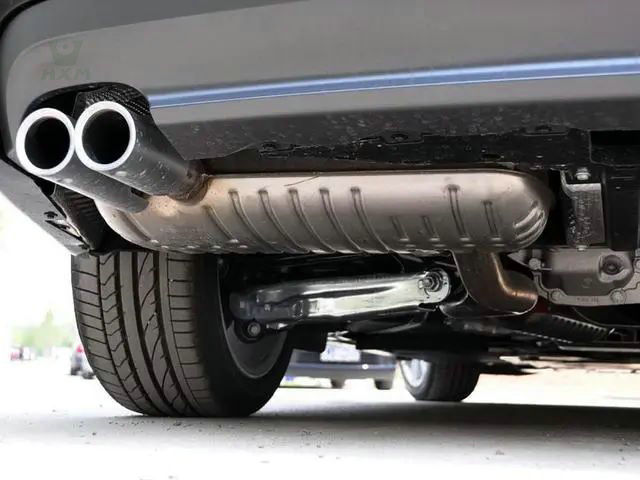
Automotive Industry
Precision stainless steel strips are used in the manufacture of automotive valve springs, brake systems, exhaust systems, and other components. Due to its high strength and corrosion resistance, precision stainless steel strips are also used for automotive exterior decoration.
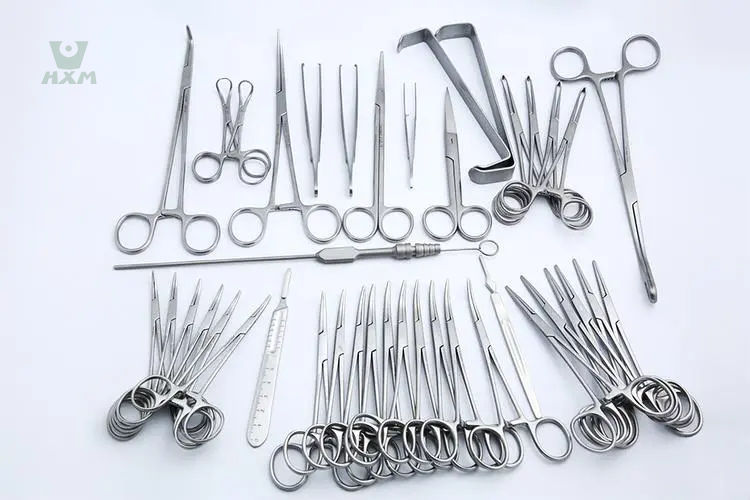
Medical Industry
Precision stainless steel strips are widely used in the manufacture of surgical instruments, surgical sutures, artificial joints, and other medical devices. It's high purity and anti-corrosion properties can effectively prevent infection and bacterial growth.
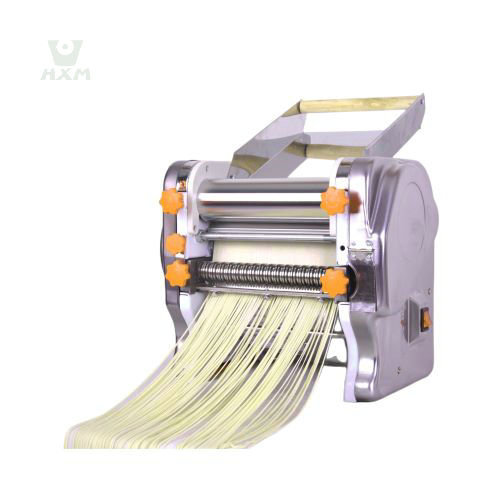
Food Processing Industry
Precision stainless steel strips can be used in the manufacture of slicer blades, noodle machine blades and other food processing equipment. Its excellent corrosion resistance can prevent food contamination.
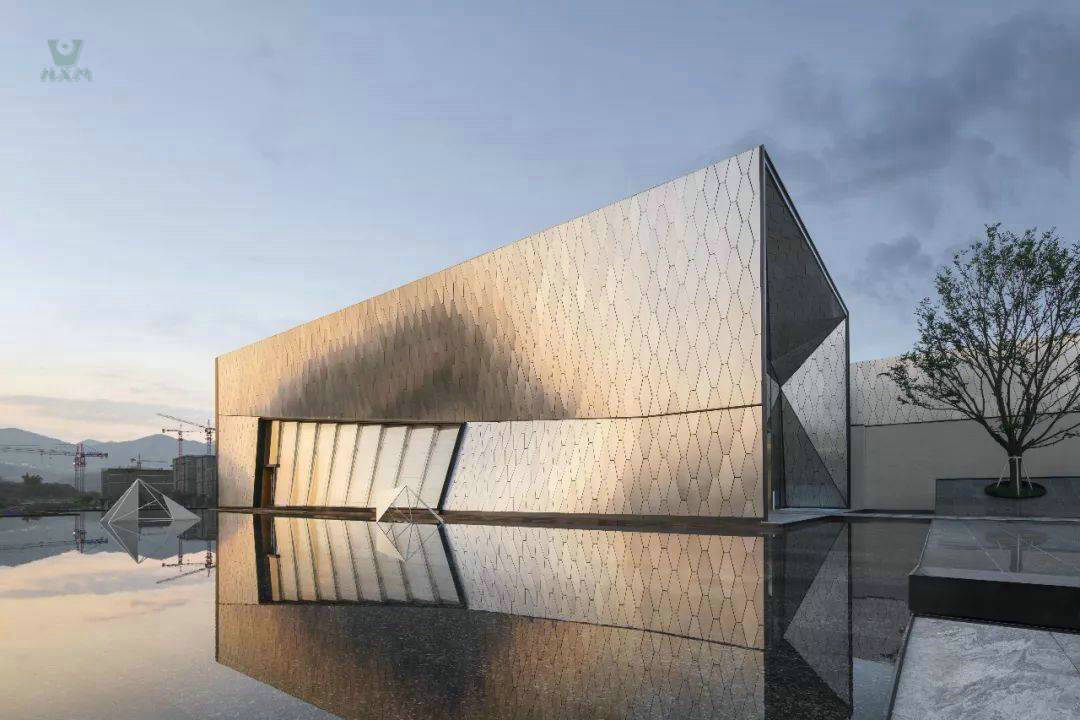
Construction Industry
Precision stainless steel strips can be used to manufacture architectural decorative materials, such as curtain walls, ceilings, interior decoration, etc. It's antioxidant properties and aesthetics can enhance the durability and decorative effect of buildings.
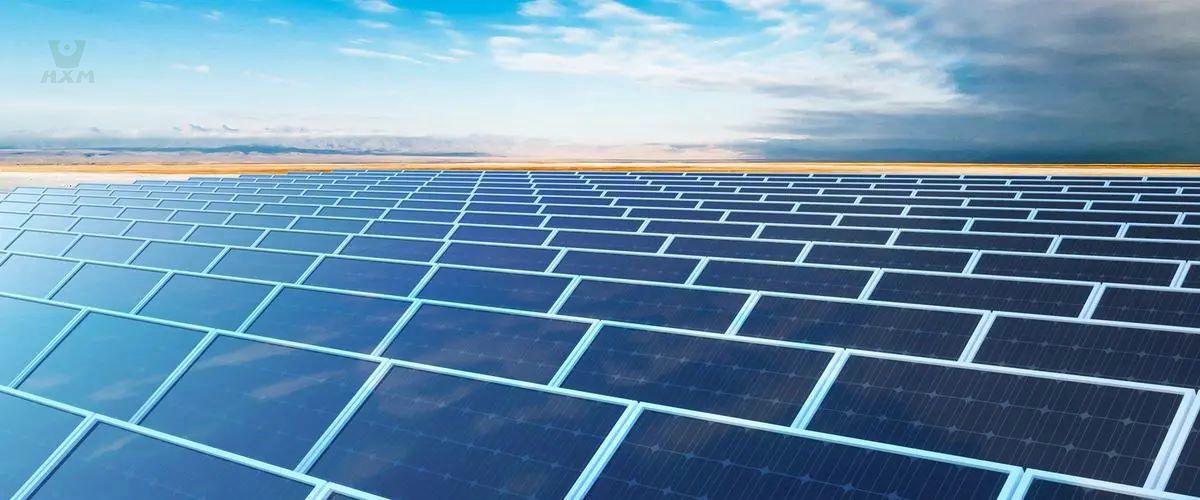
Energy Industry
Precision stainless steel strips are widely used in the manufacture of solar panels, wind turbines, nuclear reactors, and other energy equipment. Its high temperature and corrosion performance can meet the requirements of energy equipment in harsh environments.
FAQ
There are many kinds of surface treatment for precision stainless steel strips, the common ones include:
2B: the surface is mechanically polished and then rolled with 2B rolls to give a matte surface, which is applicable to the surface of products with low requirements in general.
BA: After mechanical polishing and electrolytic polishing, the surface shows high brightness, applicable to the surface of products with high requirements.
No.4: After mechanical polishing, the surface presents a matte surface, also called a brushed surface, applicable to some special requirements of the product surface.
No.8K: After multiple polishing and brightening treatments, the surface presents a high-brightness mirror effect, which is applicable to the surface of products with high requirements.
Sandblasting: by sandblasting on the surface to form a certain sense of grain, applicable to some special requirements of the product surface.
Titanium: Titanium treatment is applied to the surface to form a certain metallic feeling and texture, which is suitable for some special requirements of the product surface.
Huaxiao precision stainless steel strips suppliers can provide different surface treatments to meet different product requirements and customer needs.
Yes, precision stainless steel strips can be customized in size and shape according to customer needs. Different applications require different requirements in terms of accuracy, thickness, width and length, so customized production can meet the specific needs of the customer. However, it is important to note that customized production will increase production costs accordingly.
The production cycle of precision stainless steel strips vary depending on the production quantity, size and processing process. Generally speaking, the production cycle takes between a few days and a few weeks, depending on the customer’s needs and the manufacturer’s production capacity. If custom production is required, the time to make the molds also needs to be considered. If there is an urgent demand, you can discuss with the precision stainless steel narrow strip supplier for expedited production, but it will increase the production cost accordingly.
The price of precision stainless steel strips vary depending on various factors, such as material cost, production process, size and thickness. In general, the price of precision stainless steel strip is a bit higher compared to regular stainless steel strip because it requires a higher precision production process and higher quality raw materials. If you are looking for precision stainless steel narrow strip suppliers, Huaxiao is an ideal choice.
Precision stainless steel strips are available in various models according to different materials and applications, the following are some common models:
301 Stainless Steel Strips: Excellent strength and corrosion resistance, suitable for the manufacture of various parts, springs, gaskets, etc.
304 Stainless Steel Strips: Good corrosion resistance, good weldability and processability, suitable for manufacturing chemical equipment, food processing equipment, architectural decoration and other fields.
316 Stainless Steel Strips: Strong corrosion resistance, suitable for manufacturing marine engineering, chemical equipment, food processing equipment, medical equipment, etc.
430 Stainless Steel Strips: Strong magnetic properties, with good oxidation resistance, suitable for manufacturing kitchen appliances, furniture, etc.
In addition, according to different processing and precision requirements, there are further subdivisions of precision stainless steel strips, such as cold-rolled strips, hot-rolled strips, precision strips, etc.
Precision stainless steel strips can be classified according to different classification standards, the following are a few common ways of classification:
Classification by Material: it can be divided into precision stainless steel strips of different materials such as 304, 316, 301, etc.
Classification by the Processing Process: can be divided into cold-rolled, hot-rolled, annealed and other different processing of precision stainless steel belt.
Classification by the Surface Treatment: can be divided into 2B, BA, NO.4, HL and other different surface treatment of precision stainless steel belt.
Classification by the Precision Grade: can be divided into ordinary precision and high precision grade precision stainless steel belt.
Classification by Application: can be divided into precision stainless steel belts for different applications such as electronics, chemical, food, etc.
Get In touch
Ready to Elevate Your Projects? Dive into our Stainless Steel Collection and Submit Your Specifications Today!
Phone/WhatsApp/WeChat:
+86 13052085117
Email: [email protected]
Address: RM557, NO.1388 Jiangyue Road, Shanghai China



